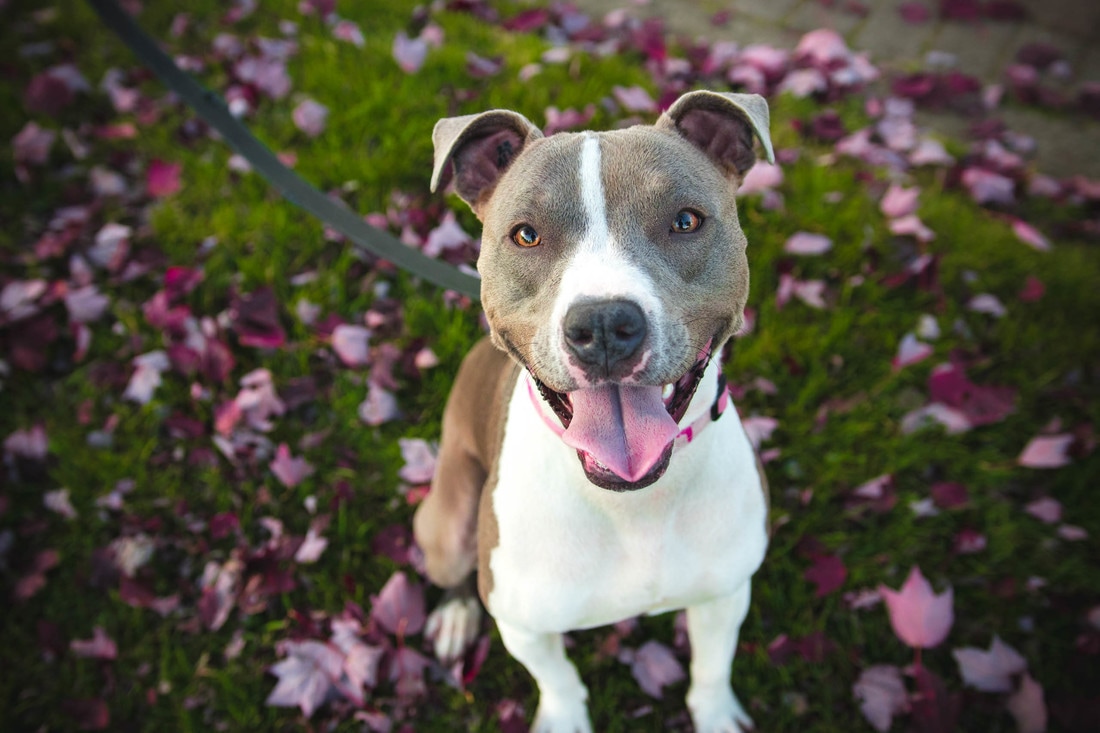
I was inspired to write this post by Companion Animal Psychology’s Train for Rewards Blog Party. The purpose: “The party aims to encourage people to use rewards when training their dogs or other companion animals.” Exactly what I’m trying to do! So I hope the stories below inspire you to explore the use of rewards when training your dog, cat, horse, bird, or even child (after all, we’re animals too!).
If you’ve spent any time around dogs and dog trainers (or spent any time on this site), you heard us sing the praises of the power of positive reinforcement. Usually, the reinforcement in question is food, and that makes sense. Food is easy to dispense and is something that almost every animal will get excited about. The better the food, the more reinforcing. Any trainer using techniques based in science uses food, at least to some extent. However, food isn’t the only reward available to us when trying to teach a new behavior. Anything that the animal, be they dog, cat, horse, or human, finds rewarding can be used. Sometimes this requires a little thought. Every animal is an individual You need to be mindful of what your particular dog (or cat, or horse, etc.) finds rewarding, not what you think s/he should find rewarding. So think about what the animal in front of you is like. What do they enjoy? What makes their tails wag, or makes them purr?
Two instances stand out to me to show the power of positive reinforcement. One happened long before I started working with animals professionally. The other doesn’t involve pets at all; just more proof that positive reinforcement works for all animals, including humans.
I’m of an age that, when I was growing up, there was a loud and ongoing debate between the “spare the rod and spoil the child” contingent, and the “positive reinforcement and rewards make for healthier, happier children” folks. It was the Spanking Brigade vs. Dr. Spock, and for some reason, I was always very aware of the arguments on both sides. When I was in junior high school, I think seventh or eighth grade, I read an article saying that there was scientific evidence that positive reinforcement results in greater and more permanent behavior change than punishment. I don’t know why it stuck with me, but it did. So fast forward nearly twenty years later when I found myself with an unexpected cat, Viva, who started using my furniture as a scratching post.
At this point, I knew nothing about training an animal, and certainly not a cat. But I remembered that article. How to best teach this cat what to scratch and what not to scratch? Using food didn’t occur to me at the time, but I thought about what would make this cat happy. She was a very clingy cat, constantly wanting attention and affection, and crying if she went too long without it. So it seemed that the best possible reinforcement for her would be my attention. I created a simple plan: when Viva would scratch the furniture, I’d interrupt her and distract her. I would encourage her to go to her chair, an old, POS piece of crap that a friend “gave” (read: dumped on) me. When she would scratch her chair, I would sit with her and scratch with her, while praising her with a silly voice. Picture me, seated on the floor next to my cat, digging my fingernails into this crappy old chair and saying something ridiculous like “oh, yes, scritchy scratch scratch!” And after two repetitions of this exercise… problem solved. Viva stopped scratching the decent furniture and enthusiastically dug into the POS chair. All it took to maintain that good behavior was to join in the scratching party from time to time.
If you’ve spent any time around dogs and dog trainers (or spent any time on this site), you heard us sing the praises of the power of positive reinforcement. Usually, the reinforcement in question is food, and that makes sense. Food is easy to dispense and is something that almost every animal will get excited about. The better the food, the more reinforcing. Any trainer using techniques based in science uses food, at least to some extent. However, food isn’t the only reward available to us when trying to teach a new behavior. Anything that the animal, be they dog, cat, horse, or human, finds rewarding can be used. Sometimes this requires a little thought. Every animal is an individual You need to be mindful of what your particular dog (or cat, or horse, etc.) finds rewarding, not what you think s/he should find rewarding. So think about what the animal in front of you is like. What do they enjoy? What makes their tails wag, or makes them purr?
Two instances stand out to me to show the power of positive reinforcement. One happened long before I started working with animals professionally. The other doesn’t involve pets at all; just more proof that positive reinforcement works for all animals, including humans.
I’m of an age that, when I was growing up, there was a loud and ongoing debate between the “spare the rod and spoil the child” contingent, and the “positive reinforcement and rewards make for healthier, happier children” folks. It was the Spanking Brigade vs. Dr. Spock, and for some reason, I was always very aware of the arguments on both sides. When I was in junior high school, I think seventh or eighth grade, I read an article saying that there was scientific evidence that positive reinforcement results in greater and more permanent behavior change than punishment. I don’t know why it stuck with me, but it did. So fast forward nearly twenty years later when I found myself with an unexpected cat, Viva, who started using my furniture as a scratching post.
At this point, I knew nothing about training an animal, and certainly not a cat. But I remembered that article. How to best teach this cat what to scratch and what not to scratch? Using food didn’t occur to me at the time, but I thought about what would make this cat happy. She was a very clingy cat, constantly wanting attention and affection, and crying if she went too long without it. So it seemed that the best possible reinforcement for her would be my attention. I created a simple plan: when Viva would scratch the furniture, I’d interrupt her and distract her. I would encourage her to go to her chair, an old, POS piece of crap that a friend “gave” (read: dumped on) me. When she would scratch her chair, I would sit with her and scratch with her, while praising her with a silly voice. Picture me, seated on the floor next to my cat, digging my fingernails into this crappy old chair and saying something ridiculous like “oh, yes, scritchy scratch scratch!” And after two repetitions of this exercise… problem solved. Viva stopped scratching the decent furniture and enthusiastically dug into the POS chair. All it took to maintain that good behavior was to join in the scratching party from time to time.

My other story involves my dear friend Walter (no, that’s not his real name) and his daughter Mary Jo. When MJ was about five years old, in her last year of preschool, she started misbehaving in class. It gradually became a regular occurrence, and Walt was getting frequent calls from the teacher about Mary’s behavior issues. Walt and his wife tried what many parents do: sending her to her room; taking away computer privileges; withdrawal of TV time. And none of it had any effect. Finally, Walt decided he needed to try something completely different, so one day, after Mary had had a good day at school, Walt sat down with her, and together they created a large poster on purple construction paper. It said, “Mary Jo is Great!” Walter told her that every day she had a good day at school, she could choose a sticker (of which he had many) and put it on her poster. They hung the poster in a prominent place near the kitchen, where everyone could see it. The combination of extra one-on-one “dad time,” creating a special art project, and awesome stickers (who doesn’t love awesome stickers?) had an incredible effect: in a very short time, the misbehavior decreased, said Walter, by something like 80%.
These stories have something in common: an owner (or parent) determining what would be rewarding to their pet (or child), and using that as reinforcement for desired behavior. It works. It doesn’t always work as quickly as it did in these instances, but it works. And as you can see, you don’t need to be a professional trainer to use it. Now, are there other things to consider? Of course, and consulting a professional if you've never done any training before is always a good idea. But thinking about your pet (or child!) and all the things that make them happy and excited, and how you might use those things to reward them for desired behavior, sets you well on your way to training success.
Do you have a success story about training with rewards? Share it in the comments!
These stories have something in common: an owner (or parent) determining what would be rewarding to their pet (or child), and using that as reinforcement for desired behavior. It works. It doesn’t always work as quickly as it did in these instances, but it works. And as you can see, you don’t need to be a professional trainer to use it. Now, are there other things to consider? Of course, and consulting a professional if you've never done any training before is always a good idea. But thinking about your pet (or child!) and all the things that make them happy and excited, and how you might use those things to reward them for desired behavior, sets you well on your way to training success.
Do you have a success story about training with rewards? Share it in the comments!
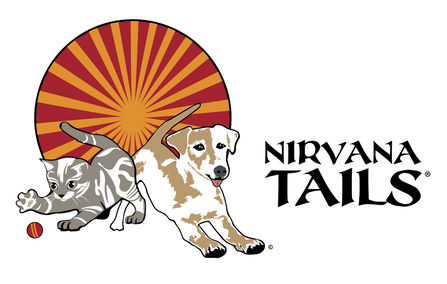



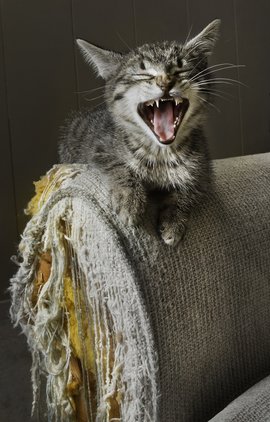
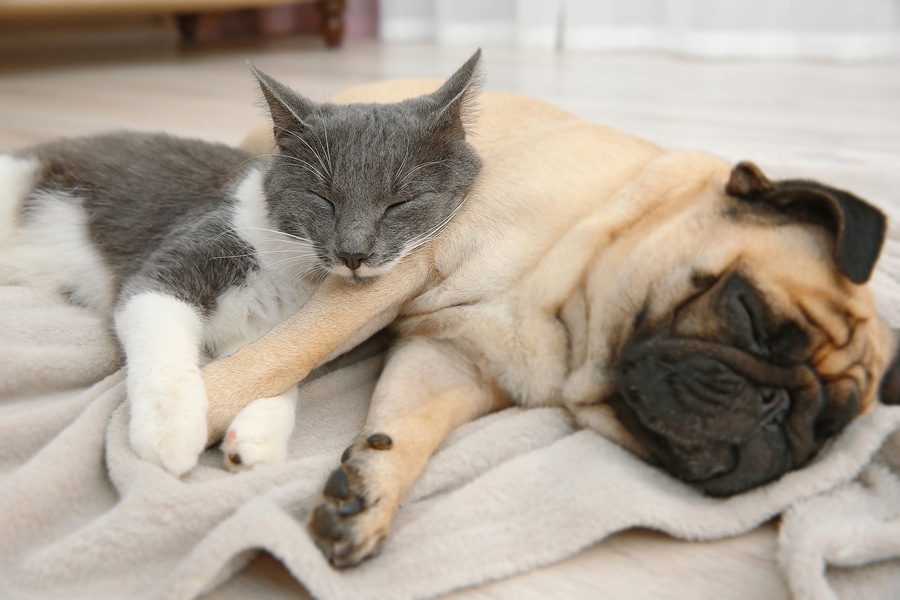
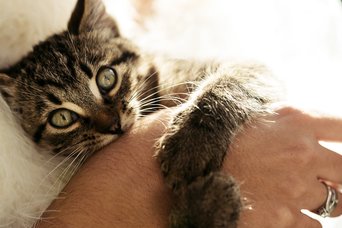
 RSS Feed
RSS Feed



